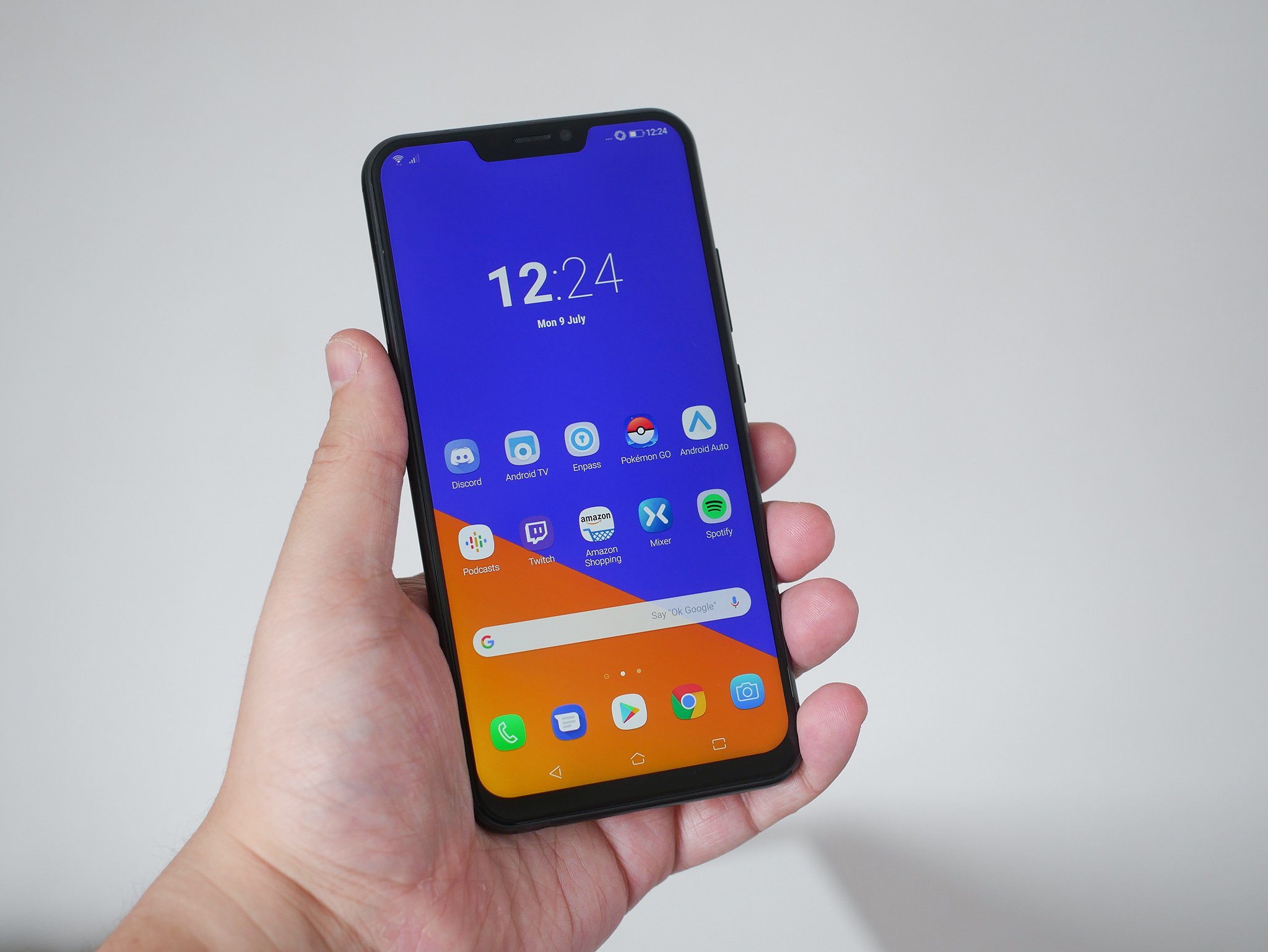Android Central Verdict
Price: £350Bottom line: The ZenFone 5 is an attractive package at an attractive price. It's far enough away from the likes of the OnePlus 6 to be a contender in a true mid-range price bracket, and while questions linger over future software support, the ZenFone 5 is mostly a winner.
Pros
- +
Gorgeous design
- +
Good looking display
- +
Decent camera
- +
Well priced
Cons
- -
Zenimoji is a bad idea badly executed
- -
If you don't like notches, I have bad news for you
Why you can trust Android Central
ASUS has been making phones for many a year now, but in the case of the British market, after the first generation, things just, well, stopped. It restarted in 2017, but as we hit summertime in 2018, finally, ASUS has a phone that hits the right spot at the right price.
The ZenFone 5 is on sale in the UK from July 9 for £350, so it's very much a mid-range device with a mid-range price. It's a continuously crowded space, but the ZenFone has come swaggering in with its good looks and its AI camera.
But is it any good?
ASUS ZenFone 5 Gorgeous and capable mid-range hardware
We've been over this before, but I'll lay it on the table right at the start. Yes, this looks quite a bit like an iPhone X running Android. ASUS' somewhat cringeworthy launch event back at MWC 2018 made no apologies over the similarities, nor the constant comparisons.
But this isn't an iPhone X running Android. For starters, this UK variant costs just £350, a whopping £650 less than the cheapest iPhone X. What this is, is a mid-range Android smartphone that looks like it costs twice as much.
| Specs | ASUS ZenFone 5 |
|---|---|
| Screen | 6.2-inch FHD+ (2246 x 1080) Super IPS+ |
| Chipset | Snapdragon 636 |
| RAM | 4GB |
| Storage | 64GB |
| Rear Camera 1 | 12MP, ƒ/1.7 |
| Rear Camera 2 | 12MP, 120-degree wide-angle |
| Front Camera | 8MP, ƒ/2.0 |
| Battery | 3300mAh w/ fast charge |
| Connectivity | Wi-Fi 802.11 ac, BT 5.0 |
| Security | Fingerprint sensor, Face Unlock |
| Colors | Meteor Silver, Midnight Blue |
| Dimensions | 153 x 75.6 x 7.7mm |
| Weight | 165g |
| Price | £350 |
And that's not really a bad thing, is it?
iPhone resemblance out of the way, here's what actually makes up the ZenFone 5. Obviously, there's a notched display, but with this, a 6.2-inch 2246 x 1080 resolution and a 90% screen-to-body ratio, what you get out front is a whole lot of display and not a lot else. There's a super skinny bezel running across the top and down the sides, with a slim, hardly noticeable chin at the bottom.
If you're going to do a notch at all (that's a whole different discussion for another day), at least do it right, like ASUS. It's not all display, but it's pretty damn close, and in a mid-range phone that's more than good enough.
Ignoring the display completely though, take a step back and appreciate the design for what it is. It's gorgeous. In particular, the Midnight Blue one I have here. The front is black, the metal frame is dark, but not quite black, and the glass panel on the rear is a seductive mirrored blue finish. The display edges have the slightest of curves so they roll seamlessly into the frame.
Don't leave it naked on a table, though —unless you enjoy picking it up off the floor.
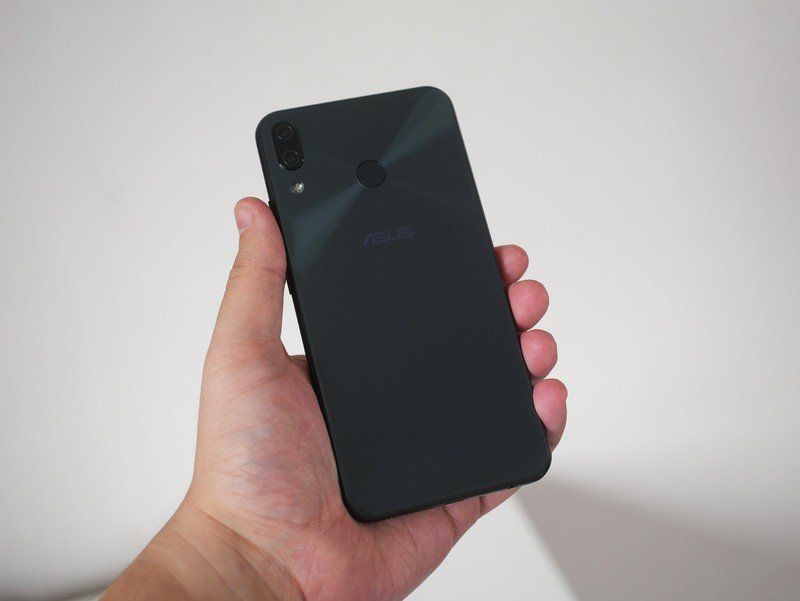
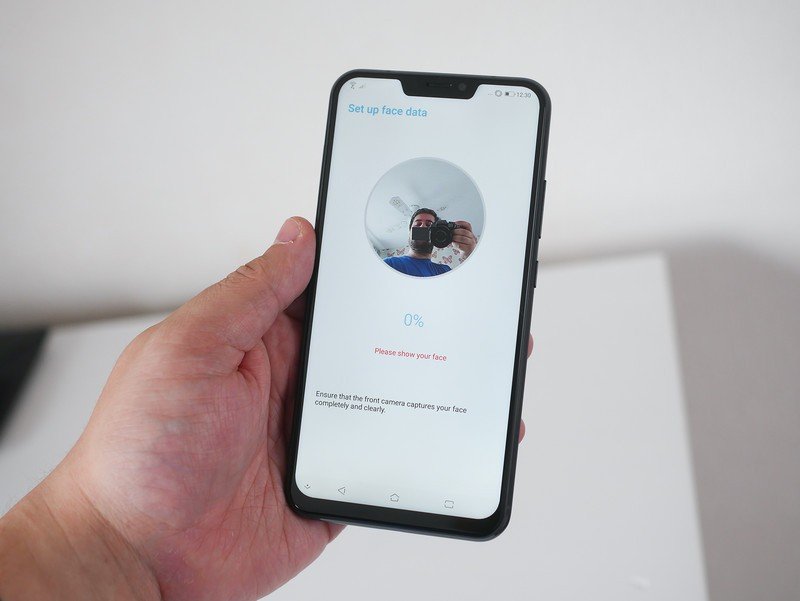
This phone's predecessor, the ZenFone 4, was something of a looker, but in aping the iPhone X feel, the ZenFone 5 is in a different league. The front being consumed by display has pushed the fingerprint sensor around the back, complementing ASUS' Face Unlock in a one-two security punch.
The hardware screams premium without running away with your wallet. ASUS tosses a simple TPU case in the box to keep that glass back safe and your metal chamfers from getting chipped, which is a nice touch. But the exterior of the ZenFone 5 is as good as my vastly more expensive iPhone 8 Plus. High praise indeed.
Inside, ASUS is using the new Snapdragon 636 CPU from Qualcomm, an improvement on its predecessor in the UK which ran the Snapdragon 630. It's paired with 4GB of RAM and 64GB of internal storage which is expandable. And it's a great performer. ASUS doesn't use stock Android, it does its own thing, and in the past, an Achilles heel has been day-to-day performance.
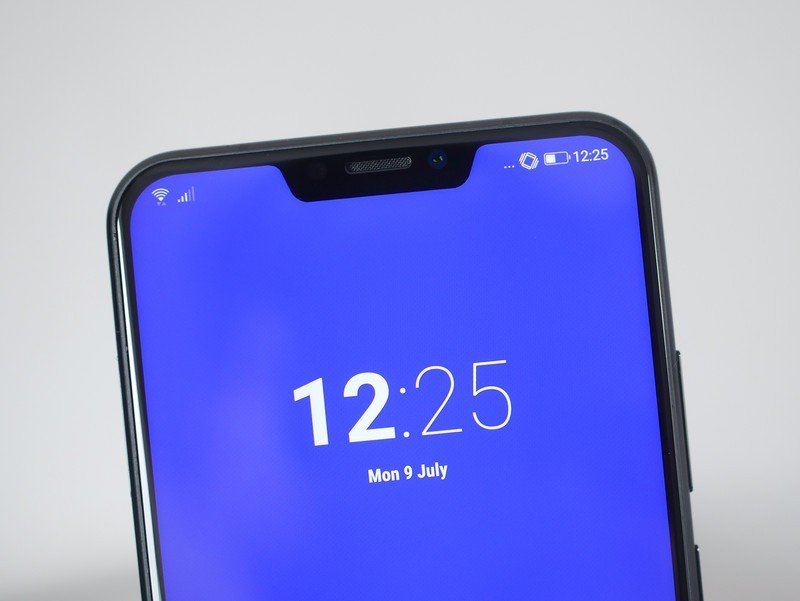
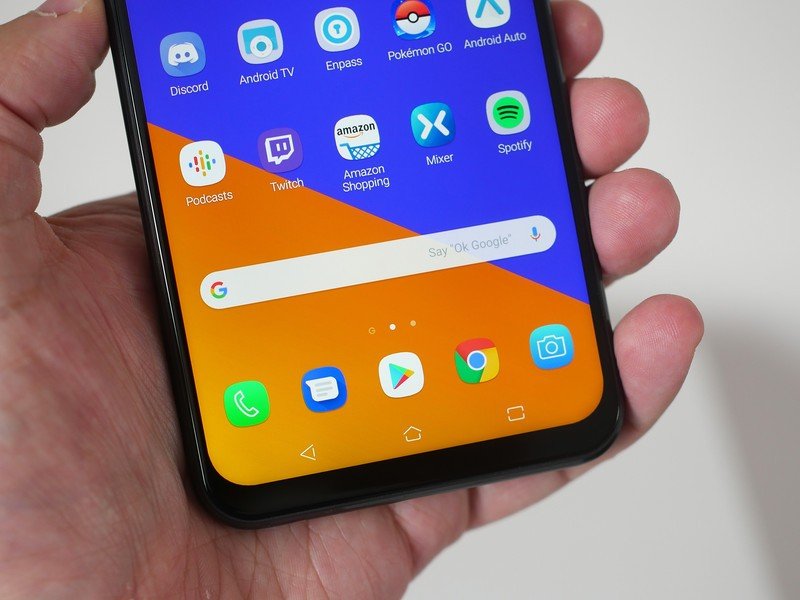
But the ZenFone 5 feels no different in most use cases to my Pixel 2. You perhaps see an odd stutter from time to time, but nothing particularly detrimental to the overall experience. Demanding games can chug a little in the most intense moments, with Final Fantasy 15 Pocket Edition, for example, giving the phone a workout. But it's still very playable if you're OK ignoring the odd frame skip.
To enhance gaming performance, ASUS' Game Genie makes a reappearance, and while the "optimizations" may be dubious, it's a useful ally to ensure that you don't get any undue distractions while gaming or accidentally back out of the game at the crucial moment. Game Genie is also a simple way to record your mobile escapades or stream them to YouTube or Twitch.
The speakers are even pretty solid, whether gaming or listening to your favorite tunes. The quality isn't anything to sing about, it's what you'd expect to find from a mid-range phone, but the volume is loud, made even more so by the "outdoor mode," designed to give you some additional decibels so you never miss a phone call on the busy streets of the capital.
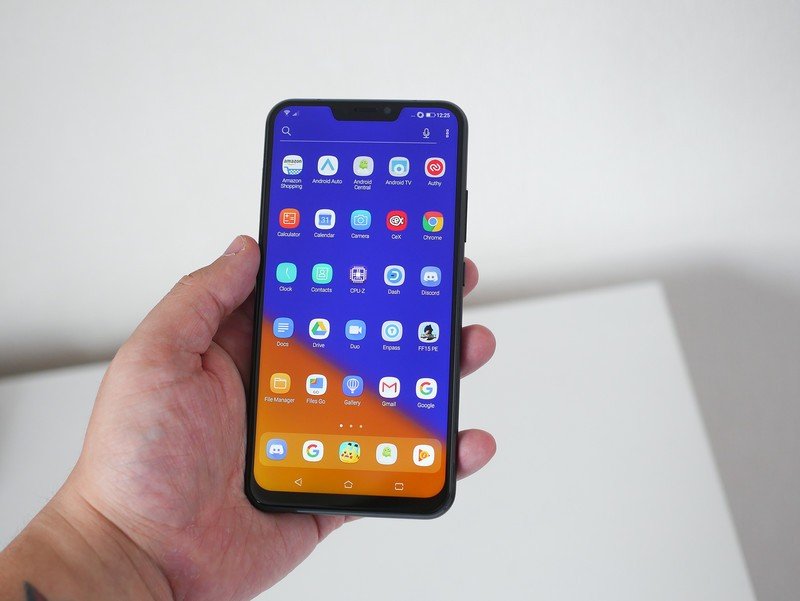
ASUS ZenFone 5 Software finally (mostly) nailed
The days of heavily bloated, over-the0top ASUS mobile software is at an end. In all honesty, the ZenFone 4 was a decent attempt, but with ZenUI 5 ASUS has given everything another spruce up, trimmed off the last of the fat and left something that's probably as close as the company will give you to what Google offers on its own phones.
Mostly bloat free with some stock apps remaining Google's.
The new launcher mimics the upward swiping of the Pixel launcher to open the app drawer, though the default way of organizing apps is infuriating if you just want to see everything alphabetically. Fortunately, it's an easy fix in the settings.
You have a smattering of ASUS' own apps, some such as contacts replacing default Google options, but it's far from overpowering and some have useful features built in. Mobile Manager, for example, gives you additional battery saving controls including a time to schedule the phone to be its most frugal. Battery life isn't a worry on this phone, though, the 3300mAh power pack is ample to crunch through a day.
But it's a little bit of a mix of ASUS and Google, and I think it works. The stock SMS app is Google's, Google Calendar is the default calendar application, and these complement ASUS's own creations like the dialer, calculator and weather apps.
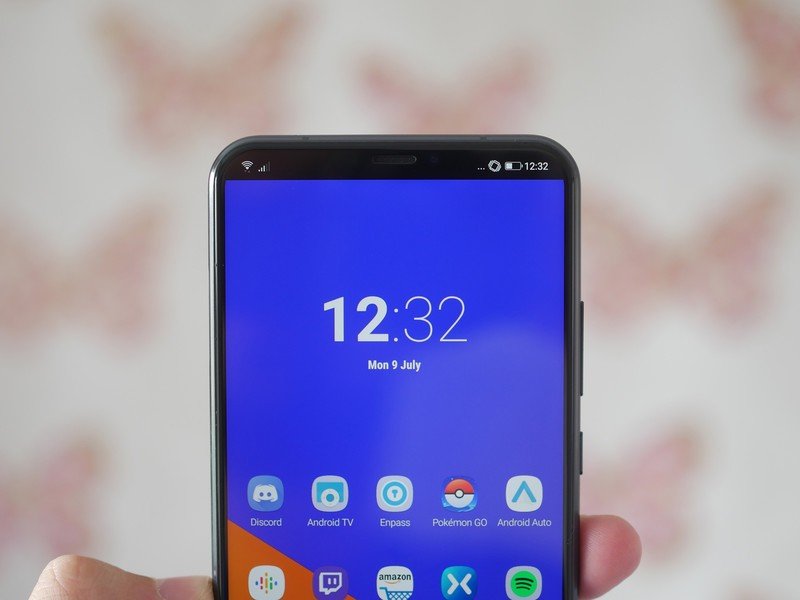
What Zen UI remains, is colorful. The stock theme is a mix of white backgrounds and colorful icons, while the launcher has some bright as all hell stock wallpapers. This being an ASUS phone, there's also a packed theme store with some less vivid designs and those that will blow your eyeballs to pieces.
The software also has a couple of notch-specific features built in. If you really don't like it, you can simply toggle to hide it, and the top corner portions will be all black, all the time, so as to mimic a standard status bar. I don't particularly like notches, but 'hiding' it just makes the whole interface look odd, so it's best to embrace it.
Don't hide the notch, embrace it for better or worse.
Equally down the bottom, you can hide the software buttons while in apps to maximize your screen, and for those apps that don't fully support notched displays, you can just tap a button and the phone will artificially enlarge everything and push it right out into the corners if you wish. When you're viewing video content, you just won't notice it's there, since the video will cut off inside it and display a regular aspect ratio.
There are some little details that feel like ASUS didn't properly optimize for the type of display on this phone, though. If you have battery percentage on, for example, the far right item in the status bar is right up against the rounded corner.
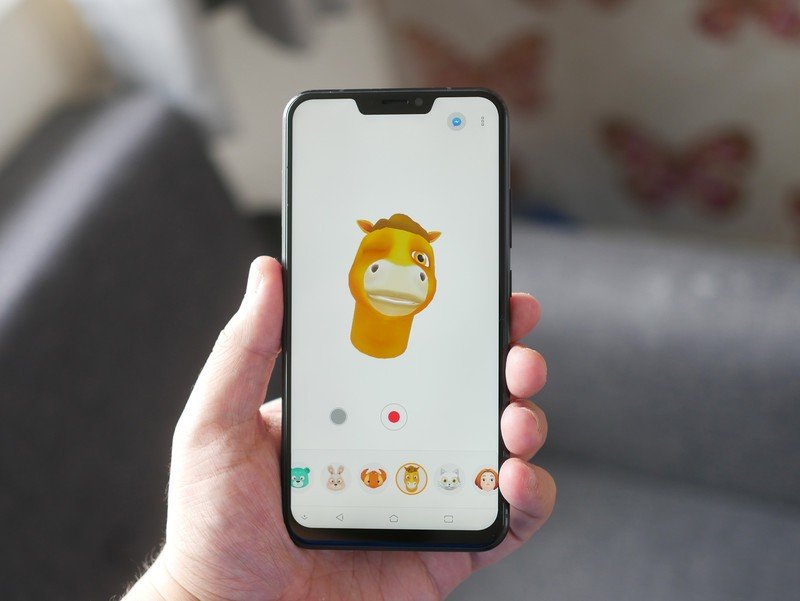
There are two clouds that hang over the ZenFone 5 software experience. The first is Zenimoji. It's like Apple's Animoji, equally annoying and less well executed. I tried to send one to an iPhone over MMS and the iPhone couldn't even open it. Which phone's fault that is doesn't really matter, the ultimate result is a bad experience all around. The saved Zenimoji on the ZenFone 5 are also pretty low quality, too, so honestly, just avoid it. It's just bad.
The other more serious cloud is over ASUS' commitment to updates. During my time with the ZenFone 5, I've received four pre-release updates, one of which added Zenimoji. The last added the May security update but the phone remains on Android 8.0. Oreo is good, and lord knows expected, but it's not even the latest version and the security patch is still behind. Perhaps its past experiences but we're still going to need to see how ASUS actually handles this stuff when the phone is in peoples hands.
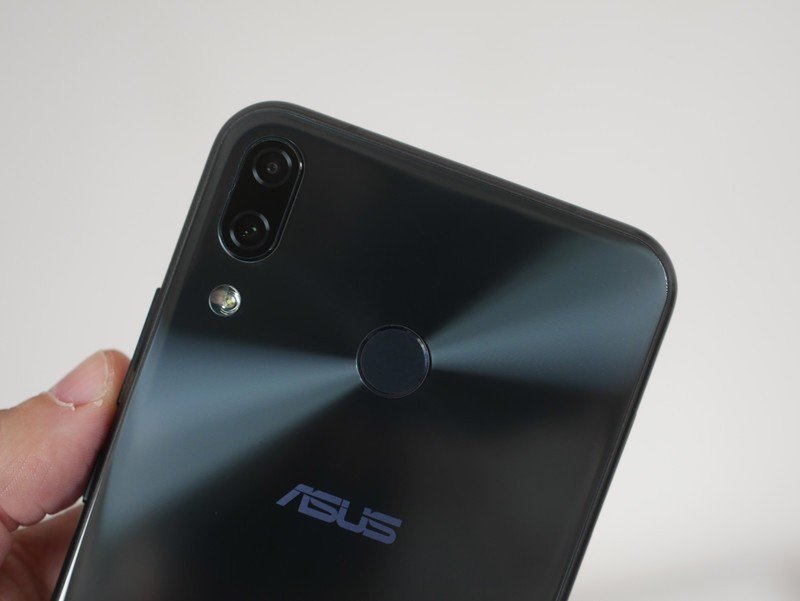
ASUS ZenFone 5 An AI camera
AI is one of the hot new buzzwords in the smartphone space and anyone who's anyone is throwing some kind of AI into their phones. In ASUS' case, like Huawei, you have an AI camera, that is, one that's smart and learns things.
There are a number of benefits to this, or in theory at least. I'd probably need much longer with the phone for it to truly show whether it's a useful feature or bogus marketing. On a basic level, the AI camera is smart enough to recognize the scene you're shooting and adjust its settings automatically to produce the best looking photos. It's also part of what powers the phone's portrait mode and it will detect your dog. Canine photography has never had it this good.
Over time, the ZenFone 5 should learn how you like your photos to look and make the necessary adjustments without you touching anything. The end result: Great photos, all the time.
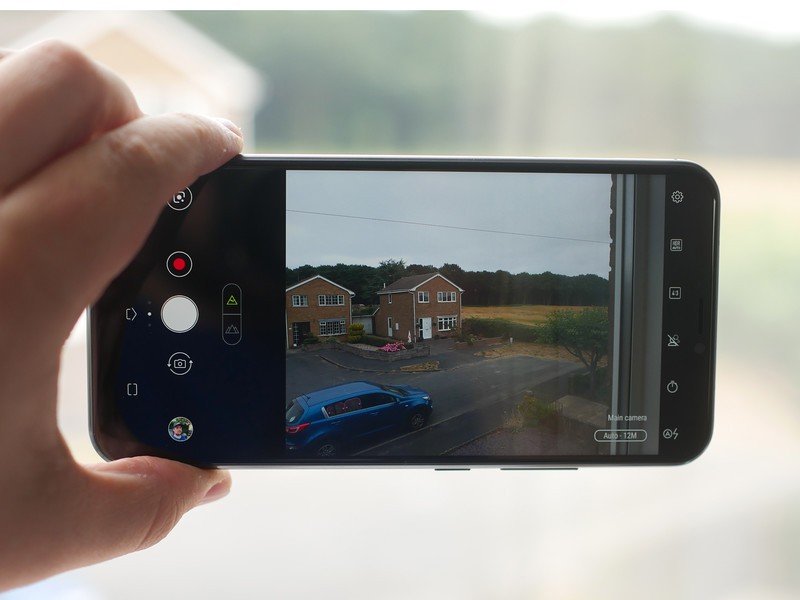
On a hardware level, the rear camera array is made up of a pair of 12MP sensors, with the main shooter utilizing Sony's IMX363 and an aperture of ƒ/1.7. The secondary camera offers a 120-degree wide-angle shot, with a simple tap in the camera app to switch between the two.
The front shooter is 8MP, and if you're really into your selfie game, the ASUS SelfieMaster application will help you add all the lovely beautification you want. Didn't help me, but there's only so much software can do.
The main app is pretty simple to get your head around. There's a one-touch option to use Google Lens, which is nice, and a heap of creative filters, different shooting modes including super-resolution and panorama, and a pretty robust pro mode with all the manual settings you could want.











ASUS has been pushing a hard sell on its cameras for years now, going right the way back to the ZenFone 2 launch where press were invited to explore the low light capabilities by shooting into a dark box. We've come a long way since then, and that we can buy a mid-range phone that shoots great photos means we all win.
But I'll let you be the judge.
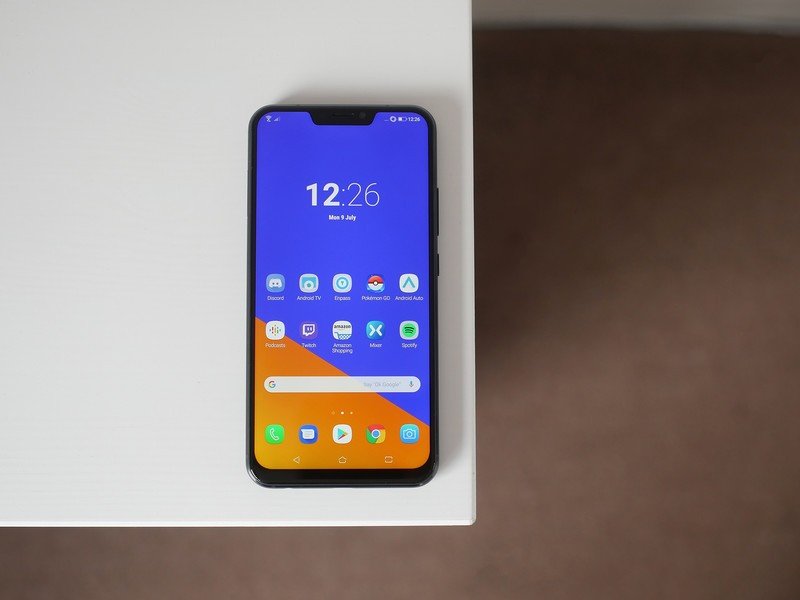
ASUS ZenFone 5 Should you buy one?
I criticised the ZenFone 4 for its price, because in the UK at least it was more expensive than competing handsets without offering a compelling argument for choosing it instead. The price point for the ZenFone 5 is £100 less than its predecessor launched at, which certainly puts it in the right ballpark.
At £350 it offers good value. You get a strong camera, a gorgeous, premium looking phone, good battery life and a nice display. It's a good phone, and anyone who pre-ordered before July 8 from ASUS will have managed to get one for £300, which is really good value.
It finally feels like ASUS is properly back in the UK market and is here to compete. Since making its return we've only seen the Tango-fitted ZenFone AR and the too-expensive ZenFone 4. For 2018 it feels like things have been reset and we're getting the right phone at the right price for this market.
The elephant in the room is always the competition. The Honor 10 isn't much more expensive, and the Nokia 7 Plus is the same price at £350 complete with Android One. It's not a bad thing, there's some strong choice now in the mid-range, and if ASUS can commit and deliver regular software updates, it truly will be able to hang with the big boys.
4 out of 5
Standing alone, the ZenFone 5 is a really nice mid-range device, much improved on ASUS phones of old and something genuinely enjoyable to use. It has its quirks, it has things that could easily have been left out (Zenimoji be gone), but on the whole, a job well done.
